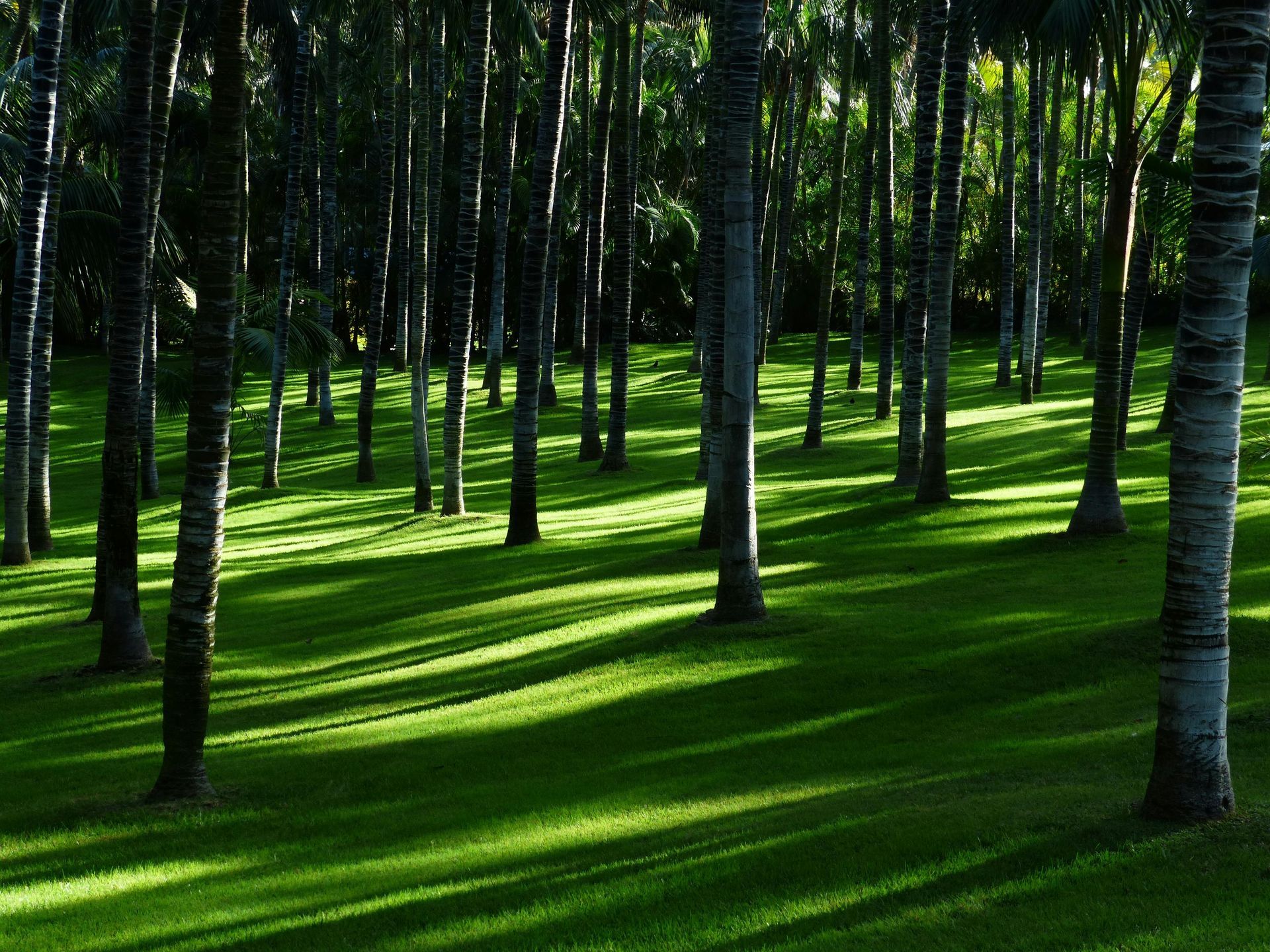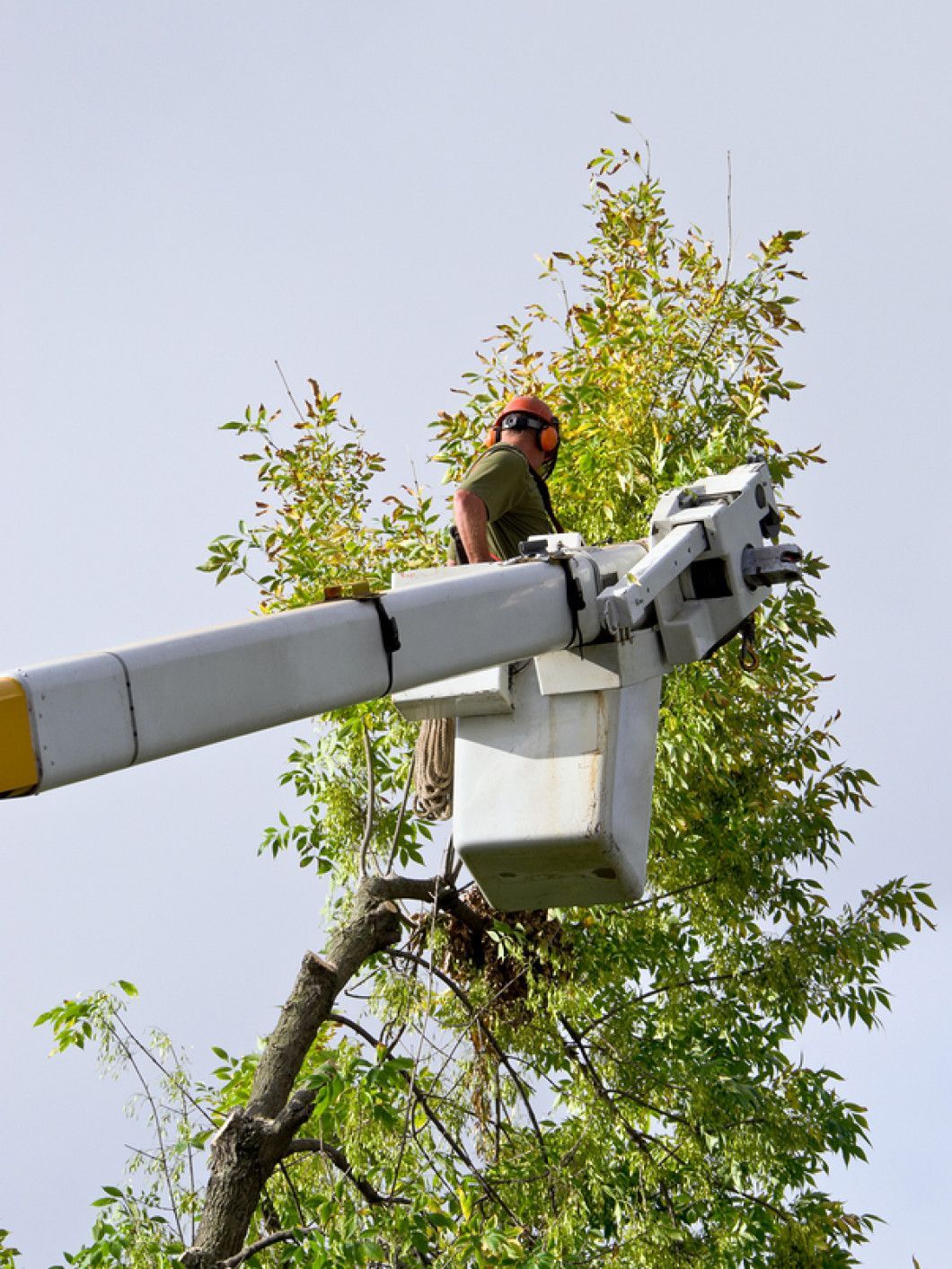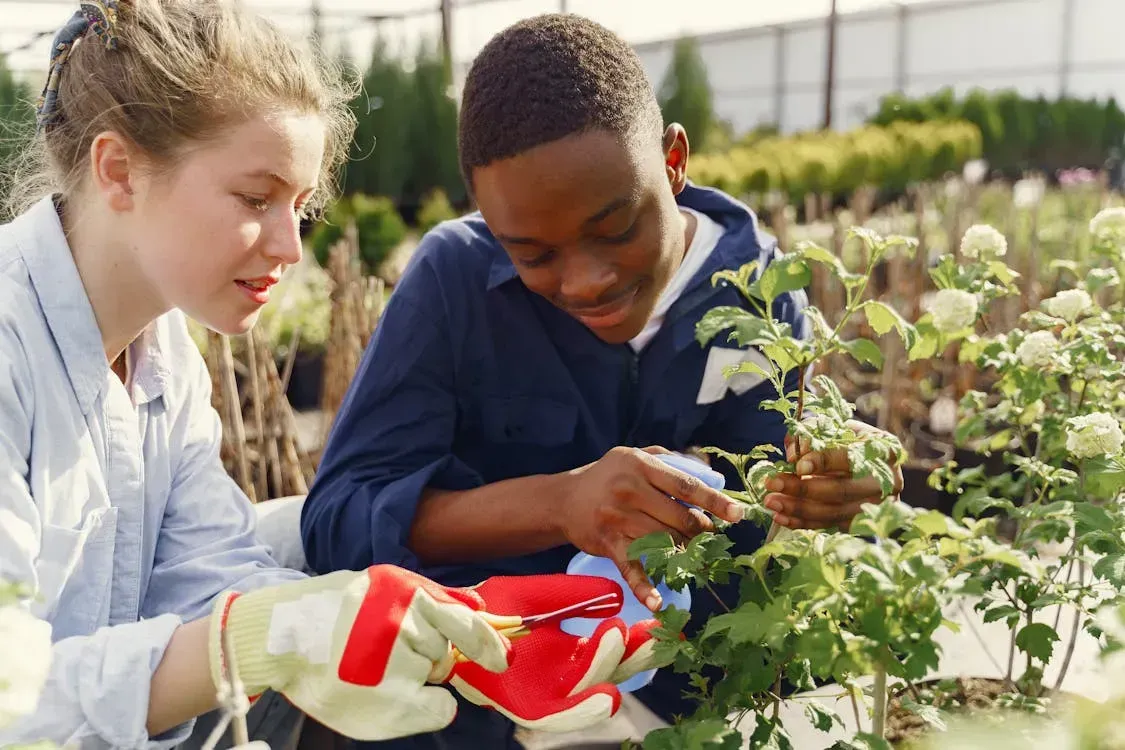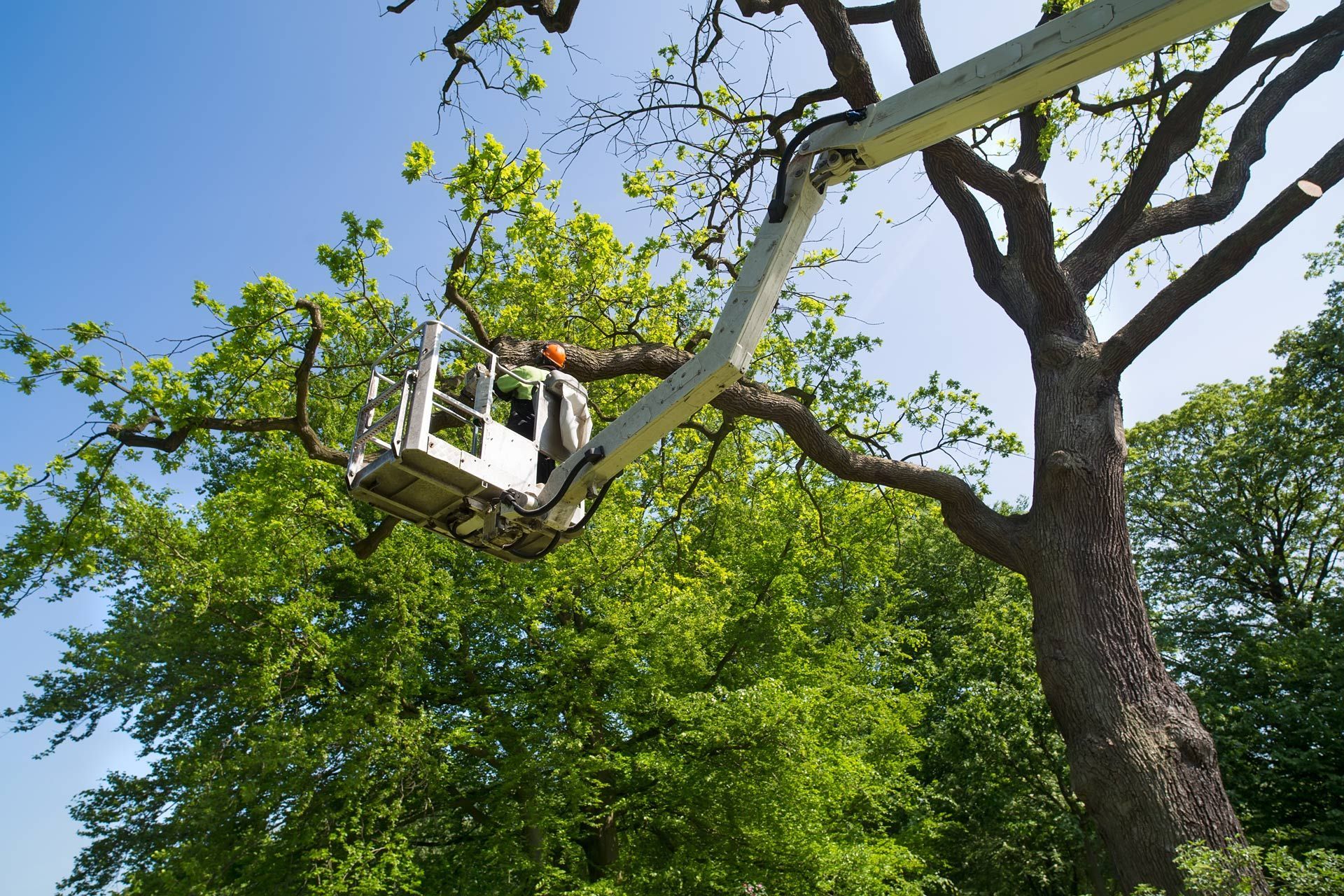How Much Does Professional Tree Trimming Cost? Explained
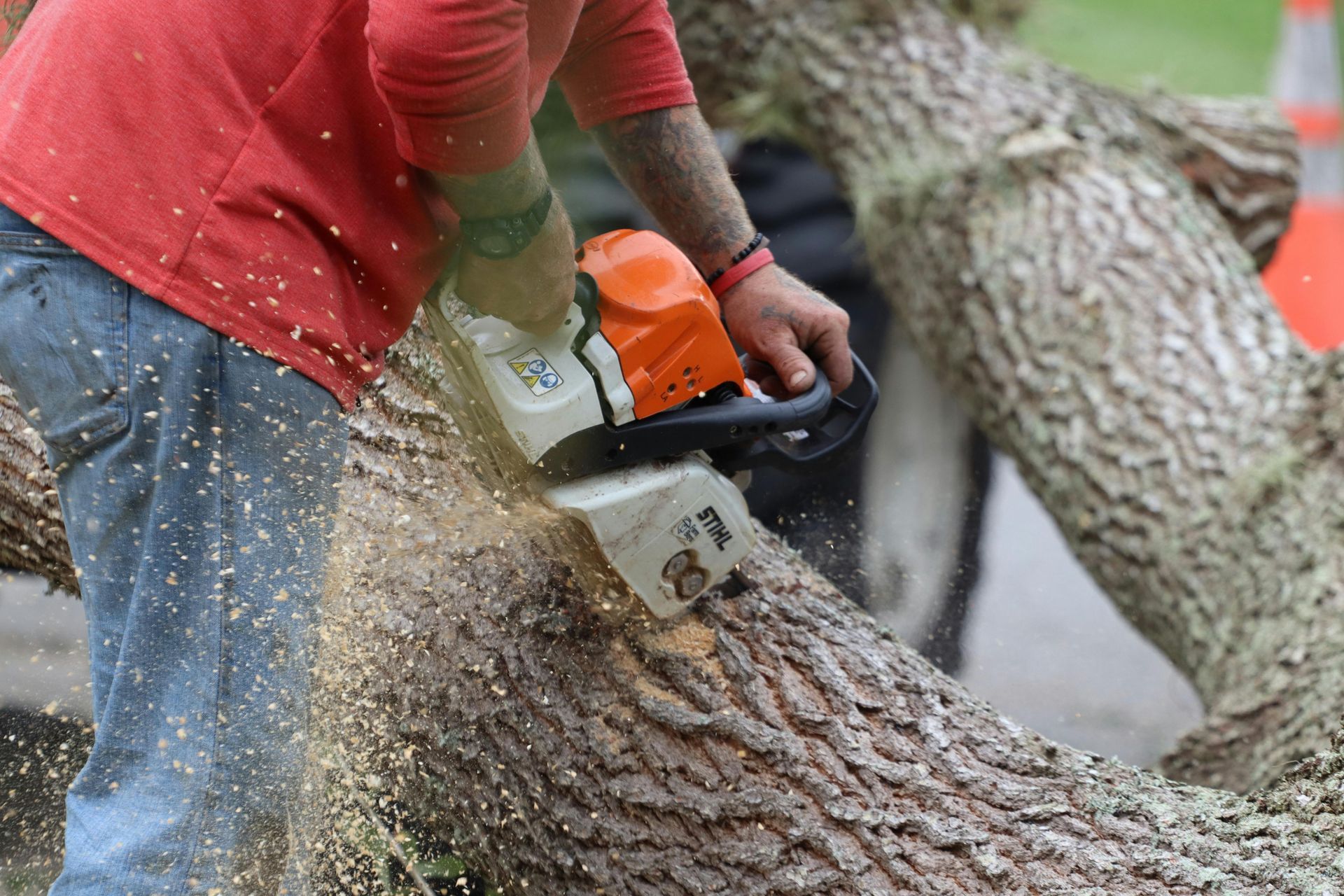
How Much Does Professional Tree Trimming Cost?
Tree trimming isn’t just about keeping your yard tidy. It keeps your property safe, helps trees stay healthy, and prevents hazards. Overgrown branches can fall during storms, and dead or diseased limbs can damage the rest of the tree.
If you’re thinking about hiring a professional, you’re probably asking, What’s the cost? This guide explains what affects tree trimming prices, the average costs, and how to get the best value.
Factors Influencing Tree Trimming Costs
Several factors affect the cost of professional tree trimming. Understanding these can help you estimate what you’ll pay and why prices can vary. Here’s a breakdown of the key elements:
Tree Size and Height
The size and height of the tree are some of the biggest cost factors. Taller trees require more equipment and time to trim safely. For reference:
- Small trees (up to 30 feet): Typically cost $85 to $400.
- Medium trees (30 to 60 feet): Usually range from $150 to $775.
- Large trees (over 60 feet): Can cost $325 to $1,700 or more.
Tree Species
Different tree species come with unique challenges. Some are harder to trim because of their structure or branch density. For example:
- Crepe myrtle trees are easier to trim and may cost $85 to $475.
- Oak trees are sturdier and may cost $450 to $1,400.
- Pine trees, which grow tall and dense, may range from $300 to $1,700.
Tree Health and Condition
Healthy trees are usually easier and cheaper to trim. Dead, diseased, or storm-damaged trees require extra care and specialized tools, which can drive up the cost. Tree health can also impact how much cleanup is required after the job.
Location and Accessibility
A tree’s location on your property affects how easy it is to access. For instance:
- Trees near power lines or structures may need extra precautions.
- Trees in hard-to-reach areas may require additional equipment, increasing the cost.
Seasonality
The time of year you schedule tree trimming can also influence pricing. Many professionals offer lower rates during the off-season, typically late winter or early spring, when demand is lower.
Average Cost Breakdown
When hiring a professional for tree trimming, it’s helpful to understand the typical costs and how they’re broken down. Here’s what you can expect:
Labor Costs
Labor makes up a significant portion of the price. Most tree trimming professionals charge between $25 and $80 per hour per worker, depending on their experience and the complexity of the job. Bigger trees or those in hard-to-reach locations may require more workers, increasing labor costs.
Additional Services
Sometimes, trimming isn’t the only service you’ll need. Here are a few common extras that can add to your total cost:
- Debris Removal: Many companies charge for hauling away branches and leaves, which can cost $50 to $150 extra.
- Stump Grinding: If a tree needs to be removed or a stump is left behind, grinding it down might cost between $100 and $400.
- Emergency Services: Urgent jobs, such as after a storm, can cost more due to the need for quick response and higher risk factors. Expect to pay an additional 20% to 50% for emergency trimming.
Cost Range Examples
To put it all together:
- Basic trimming for small trees: $100–$300.
- Comprehensive trimming for medium trees: $400–$900.
- Complex trimming for large trees: $1,000–$2,000+.
Understanding these costs will help you budget and avoid surprises when you hire a professional.
Benefits of Professional Tree Trimming
Hiring a professional tree trimming service offers several advantages beyond just cutting branches. Here’s why investing in professional help is worth it:
Safety
Tree trimming can be dangerous, especially for tall or damaged trees. Professionals have the training and equipment to handle these situations safely. They minimize the risk of injuries and prevent property damage that can occur from falling branches or improper cuts.
Expertise
Professionals know how to trim trees without harming their health. They understand proper pruning techniques, like avoiding over-trimming or making cuts that can leave trees vulnerable to disease. This expertise ensures your trees stay strong and grow correctly.
Efficiency
Trimming a tree yourself can take hours—or even days—depending on its size and condition. Professionals can complete the job quickly and efficiently with their specialized tools and teams.
Long-Term Savings
While professional services might seem expensive upfront, they can save you money in the long run. Proper trimming prevents costly issues, like tree removal or damage to your home caused by neglected branches.
Whether you’re looking to maintain a beautiful yard, protect your home, or care for your trees, professional trimming is a smart choice.
DIY vs. Professional Tree Trimming
When it comes to tree trimming, you might wonder whether to handle it yourself or hire a professional. Here’s a comparison to help you decide:
Pros and Cons of DIY Tree Trimming
Pros:
- Cost Savings: Doing it yourself can save money, especially for small trees.
- Immediate Action: You can tackle the task on your schedule without waiting for an appointment.
Cons:
- Safety Risks: Trimming tall or damaged trees can be dangerous without the right tools and training.
- Limited Knowledge: Incorrect cuts can harm the tree, making it more susceptible to disease or structural issues.
- Time-Consuming: Trimming even a small tree takes time, especially without professional-grade equipment.
When to Hire a Professional
Hiring a professional is the better option in these situations:
- Tall Trees: Trees over 15 feet often require climbing equipment or specialized tools.
- Proximity to Structures: Trees near your home, power lines, or fences need careful handling to avoid accidents.
- Damaged or Diseased Trees: Professionals can safely trim or remove trees that are structurally compromised or infected.
- Time Constraints: If you don’t have the time or tools to do the job properly, a professional ensures it’s done efficiently.
While DIY trimming might work for small, accessible trees, hiring a professional ensures safety, quality, and long-term benefits for more complex jobs.
Tips for Reducing Tree Trimming Costs
Tree trimming doesn’t have to break the bank. With a few smart strategies, you can save money while keeping your trees healthy and your property safe.
1. Schedule Regular Maintenance
Routine trimming prevents trees from becoming overgrown, which can make the job easier and cheaper. Keeping up with regular care also reduces the need for costly emergency services.
2. Get Multiple Quotes
Always shop around before choosing a tree trimming service. Get at least three quotes to compare pricing and services. Be cautious of prices that seem too low—quality work often comes at a fair price.
3. Trim During the Off-Season
Tree trimming services tend to be less busy during late winter or early spring. Many companies offer discounts during these months when demand is lower.
4. Bundle Services
If you have multiple trees that need trimming or other landscaping tasks, ask for a bundled service package. Combining jobs can sometimes save you money on labor costs.
5. Remove Debris Yourself
Some companies charge extra for debris removal. If you’re able to handle the cleanup, you can cut down on the overall cost.
6. Communicate Clearly with the Contractor
Be specific about what you want trimmed to avoid unnecessary work. This can help streamline the job and prevent added charges.
These tips can help you get the most value out of your tree trimming investment without compromising on quality.
Conclusion
Professional tree trimming and care are essential for maintaining a safe, beautiful property. Whether it’s trimming overgrown branches, grinding stumps, or clearing a lot for new projects, the right service provider makes all the difference.
If you’re in West Farmington, Solon, Warren, or Chagrin Falls, trust Troyer’s Tree Service to handle your tree care needs. With services like tree removal, tree trimming, stump grinding, and lot clearing, they bring unmatched expertise and dedication to every job. Their team combines precision, professionalism, and modern techniques to ensure your satisfaction and the safety of your property.
Reach out to Troyer’s Tree Service today and experience reliable, high-quality tree care. Your property deserves the best!
FAQs
How often should trees be trimmed?
Most trees benefit from trimming every 3 to 5 years. However, fast-growing species or trees near structures may need more frequent attention.
Does homeowners insurance cover tree trimming?
Typically, standard homeowners insurance doesn’t cover tree trimming unless it’s necessary to prevent imminent damage to your home or property.
What are the signs a tree needs trimming?
Look for overgrown branches, dead or diseased limbs, cracks in the trunk, or branches interfering with power lines or structures.
Is a permit required for tree trimming?
In some areas, trimming certain trees or trees in public spaces may require a permit. Check with your local government or HOA to ensure compliance.
Can trimming a tree save it from disease or pests?
Yes, trimming infected or damaged branches can prevent diseases or pests from spreading, improving the tree's overall health.
What happens to the debris after trimming?
Most tree trimming companies offer debris removal as an additional service. You can also choose to handle the cleanup yourself to save money.


